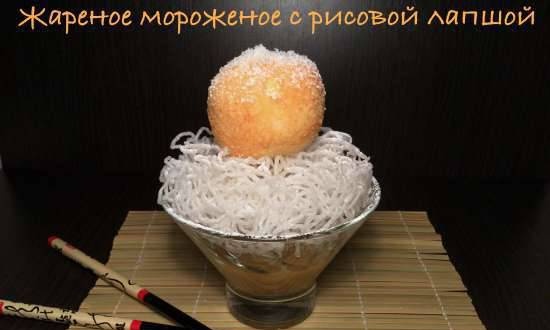Casserole versus skillet: what will you choose? |
|
Chefs and culinary experts know that different types of cookware in different shapes and sizes play an important role in preparing the perfect meal. As already stated, cooking is an art form, and like any artist who needs a variety of brushes to create a masterpiece, a chef needs different shapes and sizes of dishes in order to prepare the perfect dish. If you are in the habit of deep cooking, this can completely change the taste of the food compared to what it would taste like in a skillet. If you haven't heard this fact yet, don't worry, we'll tell you all about it. Here are some shallow and deep cooking tips to help you keep that in mind when choosing the right cookware.
Deep pots are designed to trap moisture inside and keep most of the food submerged in water. The dish is cooked in the center of a huge vessel at a constant temperature and slightly increased pressure, which further helps to retain moisture in the food. In a frying pan, from the moment the food has been exposed to air and evaporation, moisture is lost even more easily than in deep dishes, and food can become dry. Gurpreet Singh, Punjab Grill Chef: “It totally depends on what you cook and what method you use. We always use a frying pan for frying and grilling, while stewing and steaming is done in deep pots, as the juice is stored inside the dish and makes the dish more flavorful. "
A large amount of food is usually cooked in deep pots or pans that have a different taste and aroma than the same dish cooked in small quantities. In most Indian homes, you will see people using huge metal vats or large clay pots to cook meat, which requires a long cooking period at low temperatures. Stew, chicken bouillon, biryani are excellent dishes cooked in deep dishes.
Eremenko S. L. |
| 5 easy ways to clean burnt food and dark stains from your pressure cooker | Pressure or traditional cooking. What's better? |
|---|
New recipes
 • If you prefer to cook in deep containers, this can change the taste of the food.
• If you prefer to cook in deep containers, this can change the taste of the food.






